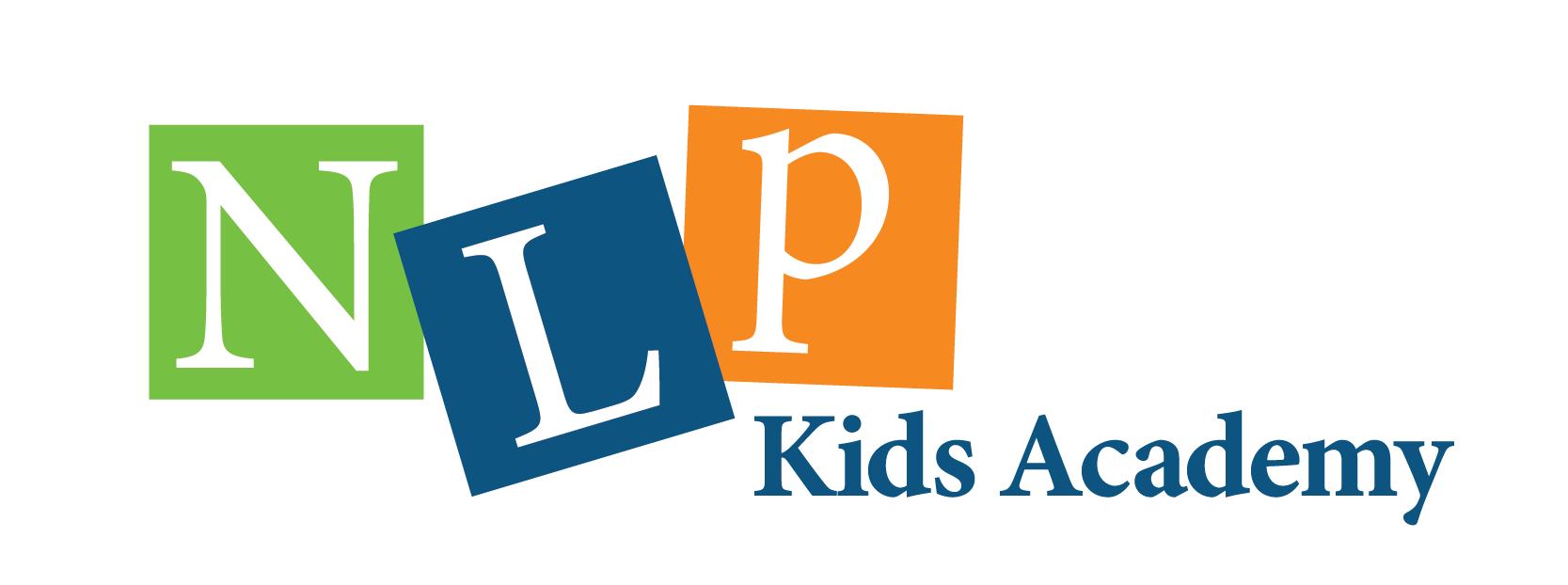What is NLP?
NLP stands for N- neuro L- Linguistic P- Programing.
That is just an acronym that does not necessarily explain what is behind NLP, so a more in-depth explanation is required.
Every day we encounter many situations that our brain perceives through our senses and creates a subjective experience. That experience remains stored in our brain.
Because we are human beings and dislike uncertainty, when we are facing a situation, our subconscious makes a quick examination to decide whether we’ve already had an experience that is identical or similar to the one that’s currently happening. That is what forms the basis of our response and gives us a sense of certainty.
So far, everything is working as it should. The challenge begins when we have stored an experience that has served us or was supposed to serve us in the past in the subconscious that is no longer relevant to us today. So, every time we approach it, it causes us to fall into the same places of feeling helpless. We do not want to feel and react that way, but it is stronger than us. It is an automatic pattern created in our subconscious.
This is where NLP techniques and methods come into play. They help us locate the same subjective experience that causes difficulty, “extract” it, and re-encode it according to each person’s unique path. So that the next time we encounter a similar situation, we can think, feel, and respond differently.
NLP also provides tools for creating optimal communication with ourselves and our environment to create chemistry between people, resolve conflicts and maximize personal and interpersonal communication. Creating this atmosphere is helpful in the therapeutic field as in all areas of life and allows the speaker to create maximum impact on their conversation partners.
NLP was originated in the late 1970s by Richard Bandler and John Grinder at the University of California, Santa Cruz, USA.
Bandler and Grinder observed professionals that led the therapeutic field at the time, conducted modeling research on them, and derived principles. These principles are the principles of NLP, which later translated into techniques for creating short-term changes to improve human quality of life.
Their work was based on working with adults. Thus, the NLP and its techniques were originally made to create change in adults.
Throughout 15 years of fieldwork, research, and implementation, we at NLP Kids Academy have made NLP accessible with the integration of guided imagery and created a work method for creating change in children and teens.
This method corresponds with the contents of NLP leaders according to the international program. Over the past 12 years, we shared it with instructors and therapists. We applied it to the field with extraordinary success in improving the quality of life of tens of thousands of children and teens and their families.
